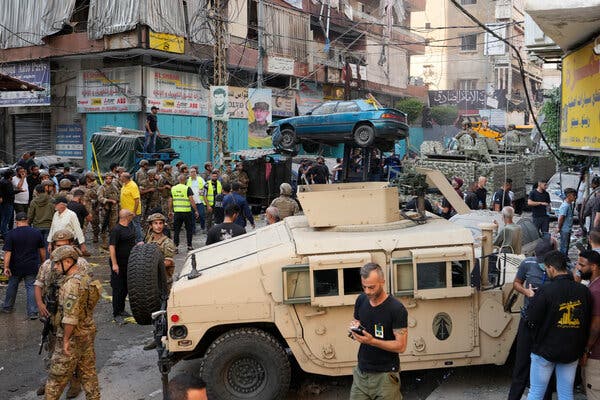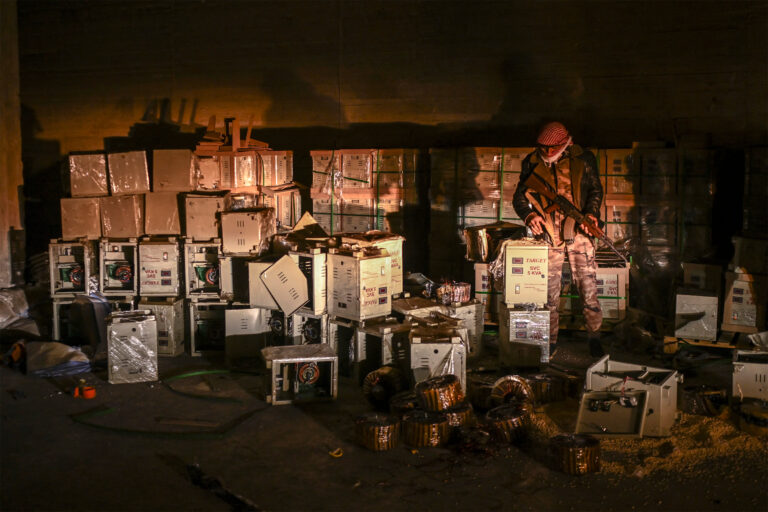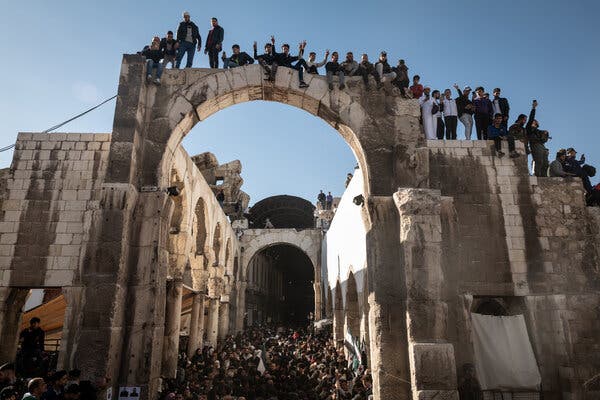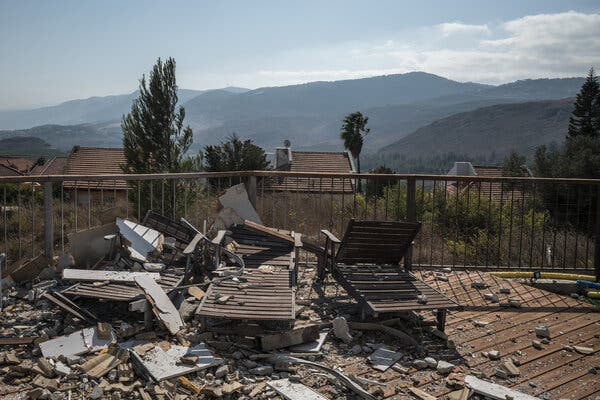Israel said it was striking Hezbollah targets with “high intensity” to keep the campaign as short as possible, as the Lebanese militants maintained their own cross-border barrage.

Thousands fled their homes on Tuesday as Israeli warplanes pounded more Hezbollah targets in Lebanon, in an offensive that has plunged the country into uncertainty over what Israel will do next and how the militant group might respond.
The strikes came a day after a vast wave of Israeli airstrikes, targeting about 1,600 sites in parts of the country where Hezbollah holds sway, killed hundreds of people and set off a mass flight of civilians from southern Lebanon to Beirut, the capital. The streets were clogged with traffic, and displaced people were sleeping in their cars.
Hezbollah also fired about 300 rockets at northern Israel on Tuesday, according to the Israeli military, keeping up the steady assault it began on Oct. 8, a day after its ally Hamas led the deadly attack on southern Israel from the Gaza Strip. Most of the rockets were intercepted by Israel’s missile defense system, but about six people sustained minor injuries, the military said.
On Tuesday, the Israeli military said that a strike on a building south of Beirut, in an area known as the Dahiya, killed a senior Hezbollah commander who was in charge of the group’s missile apparatus. Hezbollah later confirmed that the commander, Ibrahim Mohammad Qobeisi, had been killed.
“He was responsible for rocket fire on Haifa in recent days, including this morning,” an Israeli military spokesman, Rear Adm. Daniel Hagari, told reporters.



